|
Dark Savior was sent to me as a gift from a wonderful friend of mine who produces questionable animal-based food products. Dark Savior is an action RPG with platforming sections and a terribly confused combat system. The whole game screams "I don't know what I am!" and it's a shame because the potential for a decent RPG is here. It's just potential that was completely missed. Dark Savior isn't really sure what genre it wants to be. It's ostensibly an action RPG, but you don't accrue experience as one does in a traditional action RPG. Instead you get "points" from winning fights, and those points can be spent on level ups, but they can also be spent on health restoration or on hints. The fights themselves are really just extremely crude 2D fighting game style matches. You just wail on each other until one side's HP is depleted, and it's best two out of three. It is, as I said, though, extremely crude and rudimentary. There's not a whole lot of option in terms of "strategy" you can use. There's some absolutely, but by and large, the fights consist of staying out of range until you're attacking and then getting back out of range. There aren't major blocks, there aren't any real counters or anything. It's just a big let down. Couple all that with the fact that the dungeons are mostly EXCEPTIONALLY shitty platforming, and the whole game is just...meh. The isometric style view makes it nearly impossible to figure out where you're going or where you're going to land from a jump, and while you can rotate the camera somewhat, the control to do so is extremely clunky and awkward. No matter how you slice it, the platforming here is terrible. There is one gameplay mechanic that I have to applaud, and that's the game's branching paths and multiple endings. There are, if memory serves, four different paths that the game can take with respective endings. Visually, the game is okay. All of the characters are 2D sprites, something the Saturn handles extremely well, but the environments, for the most part, feel rather uninspired. The dungeons are fairly linear with only a couple of exceptions. The music is...average. There aren't really any stand-out songs from the soundtrack, and the voice acting is downright atrocious although that's fairly par for the course for the mid 90s. Dark Savior is not an unplayable game, but it's definitely not a good game. As an action RPG, it's somewhat subpar. As a platformer, it's straight awful. The storyline, revolving around a bounty hunter who's trying to recapture some eldritch evil, has some potential, but the terrible storytelling, the awful voice acting, and the boring gameplay kill that potential right out of the gate. This is one game that I really can't recommend to anyone. I really had to force myself to get through the second half of the game, and it's rarely a good game that the player has to force himself to finish. Dark Savior is definitely not a good game. My Rating - DAlso available on PlayStation 3, Xbox 360, and Windows I'm a sucker for Wii U. I'm a sucker for zombie games. With those things in mind, a zombie game on Wii U should be everything I want in a game, right? Yeah...that might be the case normally but not this time. I knew going into it that The Walking Dead: Survival Instinct had been pretty much universally panned as an unmitigated disaster of a game, but with my love of terrible games, I figured I could find something to like about it, and to some extent, I did, but it was a challenge to find any redeeming traits here. Like the zombies in the game, flaws pop up out of nowhere and without an end. The first thing that players will notice is the graphics. This game looks like a hot mess. Aside from a couple of visual flourishes - and I mean "a couple" literally - this game looks like it would be right at home on the Wii or Xbox. Even those flourishes I mentioned give away the craptastic visual quality. When you're holding the crossbow but not aiming, you can see a reflection of the environment in the scope's glass lens, but you'll notice that the reflection doesn't move at all; it's just a static image that looks vaguely similar to that stage's environment. Yeah, it's a nicer touch than just a blank black lens, but it's an obvious crap job. As far as the zombies go, there are something like a dozen character models that are just used over and over again. I once killed a knifed a zombie that was eating an identical dead zombie right beside a third identical zombie. Obviously it would have been impractical to make hundreds of unique zombies for a low budget game, but at least design an algorithm that doesn't do that crap. The story is...okay. It's a prequel to the AMC series that focuses on everyone's favorite character who wasn't named Glenn (RIP), Daryl Dixon. The game has you play as Daryl as he goes looking for his white trash brother, Merle, in the early days of the infection before the first episode of the show picks up (but, as far as I can tell, after the later developed Fear the Walking Dead series takes place). There isn't anything especially bad about the story although the voice acting sucks except for Norman Reedus and Michael Rooker, but the story is just boring. It feels like it was the last thing they decided on. "Okay, we've got this game about zombies and shit. Who's got a story we can haphazardly put over it?" The game's biggest downfall is just its controls and performance. There really is a good game here, but its buried so deep under shitty performance, clunky controls, and annoying bugs that it's nearly impossible to find. The game targets 30 fps, but it usually runs somewhere in the 20s and, at times, dips to something like 10 fps. Considering that the Wii U was the most powerful of the three consoles that saw releases (I'm excluding PC, naturally, as it's not a console), this is egregious. With the game looking as sub-par as it does, it's inexcusable that it runs like shit, too. The controls also just feel unnecessarily cumbersome. Your inventory management is done with the gamepad's touchscreen, a feature utilization that I actually think deserves praise, but the game seems to have a hard time deciding if you REALLY wanted to switch to that item or weapon. If you just lightly tap it, it seems to consider that "incidental" and doesn't change your weapons. Normally, this is fine - just tap the screen again a little hard and a little longer - but if you're trying to change weapons while being cornered by a horde of zombies, that second or two could get you killed. The crossbow - ironically not acquired until more than halfway through the game despite being Daryl's whole thing - was my biggest point of frustration. Sometimes the arrows go exactly where they should. Sometimes the arrows hit a zombie's head despite clearly missing the zombie entirely. Sometimes you can watch an arrow go straight into a zombie's head but register as a shoulder hit. You're supposed to be able to retrieve arrows regardless of whether you hit or miss, but a lot of these arrows just seem to vanish into the ether. Even if you can see the object model of the arrow sticking out of a tree or a wall, it will occasionally not let you pick it up even if it's got a red outline to denote that it's an item that can picked up. All around, it's clear that QA was not on the priority list before rushing this game to market. The Walking Dead: Survival Instinct is an affront to fans of The Walking Dead, an affront to fans of the Wii U, and an affront to fans of zombie games in general. It's a shame, too, because the foundations of a really fun game are here. It stars a fan-favorite character, the survival and risk-vs-reward aspects could be a lot of fun, and the survivor companion management during missions is neat, but it's a "death by a thousand cuts" sort of situation here; there are just SO MANY problems with the game, that what few redeeming aspects it has just aren't worth the hassle. Unless you're going for a full set of games like I did for Wii U (or if you're going for it on Xbox 360 or PlayStation 3), there's absolutely no reason to own this game. It's entertaining enough for a while as a "Haha, look how shitty this game is" party gag, but as an actual game, it's utter garbage. My Rating - FAlso available on Xbox One, Android, iOS, OSX and Windows If you look up "stylish" in an encyclopedia, you'll probably find screenshots of Katana Zero. Well, not literally, but it would be a totally apt example to use because this game absolutely oozes style. It takes Hotline Miami, mixes it with Shinobi, and throws in a pinch of Vindicators and Strider for good measure. In short, it is, as the young people would say, "Devolver Digital af," and if that doesn't convince you to download it, you need to reassess your gaming priorities. Katana Zero has you play the role of an anachronistic samurai (or shitty cosplayer, depending on who you ask) with mysterious time-manipulation powers as you assassinate your way through the city at the commands of your psychiatrist. If that sounds bizarre, it is. The game makes absolutely no sense at first, and that's entirely by design. There IS a very well crafted and very well executed story to be found here, but the game's storytelling is like an onion; there are layers upon layers, and you don't start to see what's really going on until you peel back several layers. It's one of the most well delivered stories I've seen in a game like this in a good while, and it was that slowly blossoming story that kept me coming back for more level after level. Without spoiling the story, it involves vivid nightmares, a government conspiracy, and a enigmatic past war. The gameplay shows its Hotline Miami DNA with its one-hit-you're-dead mechanics and the requisite careful planning for each step. Like Hotline Miami, you will die a LOT, but with each death comes new understanding of the obstacles that level presents and better equips you to overcome them. You'll fight the same dozen or so enemies repeatedly throughout the game, but because of the diversity with the level layouts and items you can find to help you overcome the game's challenges, this never once felt repetitive or monotonous for me. The game's colorful pixel sprites and the GRATUITOUS blood that covers the walls in your wake make for a visual presentation every bit as colorful and loud as Hotline Miami's, and that's a VERY positive thing. Like the visuals, the game's soundtrack fires on all cylinders from start to finish. While there's a bit of stylistic diversity from track to track, it pretty much falls between house and drum 'n' bass, genres that fit the visual style perfectly. Devolver Digital strikes a difficult balance between musical energy and staying in the background with the soundtrack. It perfectly accents the action and colorful style of the game without distracting players from the action taking place on screen. One small but very nice touch that I absolutely loved was that the soundtrack was incorporated into the game's levels; at the start of each stage before you take control of him, your character puts in earbuds and turns on a walkman. What you hear is what he hears. It's a small touch that a lot of players probably wouldn't even notice or think about, but I absolutely love small flourishes like that. Katana Zero is a top tier game in every way. The visuals, while simple, are colorful and oozing with style. The soundtrack is absolutely perfect for the game's visual style and tone. The levels are all unique, compelling, and challenging without being unfair. The story is riveting and revealed little by little over time, a piece here and there just often enough to keep you hooked. Almost everything about this game is superb. My only complaints are relatively short length of the game - my playthrough clocked in at about six hours - and the parts of the story and world that were only minimally explored. I've heard that there are a few secrets and an ending I haven't seen, so it's possible that my second complaint is actually addressed in content I just haven't seen yet, but still, regardless, it's an exceptional game. It's not a perfect game, but it's VERY close. My Rating - AAlso available on Xbox One and Windows "Do you trust me?" It all started with a text. When I read it, I thought, "Yes, Colin, I trust you, but that question in isolation creeps me out...What do you want?" He then said "Download Gato Roboto on Switch. You'll love it." By this point in our friendship, he knows my gaming tastes pretty well, so I took his advice and immediately downloaded the game and fired it up. I was a bit put off my visual style at first - it looked like Undertale, and I loath that game from overexposure the same way I came to loath Five Nights at Freddy's - but I stuck with it because of the weight Colin's recommendations carry with me. I'm extremely glad I did, too, as the game turned out to be a short but extremely rewarding experience. Gato Roboto is basically a bite sized Metroid clone...if Samus Aran were a small cat. Forewarning - I hate cats, and my specific word choice will reflect this prejudice. A space marine type dude was on a patrol mission and picked up a security signal from an abandoned research facility, so he went to investigate. Because cats suck, his pet cat steps on the control panel and causes the ship to crash, pinning the pilot and leaving him unable to perform his investigation. As any logical person would in this situation, he sends his pet cat - who has a radio in her collar, for some reason - to find a mech suit and complete the investigation in his place. From there, you play as the stupid ass cat in a dope ass mech suit and try to determine the source of the security signal. When I say that this is a Metroid clone, I meant that in just about every way from gaining rockets to supplement your regular blaster down to having to shoot doors in order to open them. "Metroid clone" is not meant as a pejorative, though, as doinksoft took most of the things that made the original Metroid great and replicated it...but cuter. Gato Roboto is an extremely short game - my playthrough clocked in at just over three and a half hours, and that's with spending around 45 minutes on one boss - but holy crap, is it good. It's absolutely worth the price of admission. I downloaded it at the tail end of the release sale for just under $7, but even at the regular price of $8, it's totally worth the asking price. Visually, the game is extremely simplistic. The visual style is monochrome pixel art reminiscent of 8-bit games from the 80s, but a nice touch is the ability to unlock additional color filters by finding cassettes hidden throughout the game. I never used any of these filters personally being rather partial to sharp contrast the black/white color scheme gives, but you can unlock filters like a softer grey/white, a bubblegum pink and white, a green and white, etc. It's nothing that changes anything other than the color, but it's definitely a nice little bit of customization and an incentive to explore a bit. Exploration is, after all, the bread and butter of Metroid style games. The game's soundtrack is extremely fitting for the setting, keeping a somewhat but not overwhelmingly dark and ominous feel but staying in the background, never stealing the spotlight from the action. During the boss fights, I often completely blocked out the music despite having my sound bar turned on. That may sound like a criticism, but I mean it as high praise; a game's music should, in my opinion, be like garnish, there to accentuate the game's tone and action but never taking center stage, and the fact that I found myself blocking out the music entirely during high intensity scenes indicates that the balance was struck perfectly there. Be it in a boss battle or casual exploration, the focus is always kept on the gameplay with music to provide accompaniment and nothing more. Gato Roboto is an extremely short experience, and while a three to four hour time to beat may seem unduly short to some and serve as a turn off, I must recommend that those people reconsider. Yes, it's a very short game, but it's also an extremely affordable game, and most importantly, it's an extremely enjoyable game. This is the perfect game to fire up and play through on a flight, a train ride, or a morning commute (assuming you're not driving on your commute; I do not condone playing Switch while driving). The game is fairly generous with save point placement, so dying and losing an hour of progress isn't a concern. The only frustration I found in that regard was having go through the dialogue for each and every boss attempt, but for that to be my biggest complaint is a pretty big accolade for the game. Whether you play on Steam, on Xbox, or on Switch (pssssst, play on Switch), make sure you check out Gato Roboto. If you're a fan of old school Metroid, I can promise that you won't be disappointed. My Rating - AAfter a little over a week of marathon gaming, I've finished the Xenosaga trilogy with the completion of Xenosaga Episode III: Also Sprach Zarathustra (which translates to "Thus Spoke Zarathustra," arguably Nietzsche's most well known book). In Thus Spoke Zarathustra, Nietzche describes the concept of the Übermensch which, while literally translating to "super man" or "above man," refers to mankind's outgrowing or going beyond traditional Judeo-Christian morals and ascending, for lack of a better word, to a higher morality. I don't know enough about Nietzsche's other works to know how fitting the previous games' subtitles were, but this one fits this game's theme and tone pretty well. I'd heard from a couple friends who've played the series that Episode III was hands down the best of the three games, and I whole heartedly agree with that assessment. It's still a very flawed game in a lot of ways, but unlike the first two games in the trilogy, I never found myself bored with the actual gameplay in Episode III. Xenosaga III picks up a few months after the events of the second game, it's immediately clear that the developers put in the extra effort to make this game something good. The game's first environment hits you with catchy piano jazz background music and a fun and reinvigorated combat system that blended the polished mechanics of Episode II's combat with the relatively easy to understand combat system of Episode I. There are still some nuances to learn, but it's a marked improvement in both entertainment and lasting appeal over the previous two games' combat. That theme would continue throughout the game as far as quality is concerned; pretty much everything about Episode III took what was good about the first two games and capitalizes on that while shedding most (not all but most) of those games' biggest issues. One of the things that's bothered me most about the Xenosaga trilogy is the storytelling, and while that was improved in this game along with everything else, it still leaves a lot to be desired. A huge amount of the story is just outright told in narration, and while that may not seem like a bad thing at first, the way it's done totally contradicts the writer's adage of "show, don't tell." I know that they had three games to tell a story they'd planned to stretch out over six or seven games, but still, the storytelling continues to leave a lot to be desired. This game does a better job of explaining lore concepts and filling in gaps than the previous two did, but it still leaves a lot either unexplained or only vaguely implied. Given that the story is always my primary motivation when playing a new game - especially with that game is an RPG - this continued to be a point of contention with me all the way up through the end of the trilogy. One aspect of the storytelling for which I do need to give credit where credit is due is the character development. I still have some complaints with that, but this is the only one of the three games that really made me FEEL things for the characters outside of a couple of isolated incidents. I was sad for Canaan. I was happy for Virgil. I celebrated with Allen. I wanted to pimp slap the shit out of Shion. Regardless of what it was that I felt, I felt, and that's something the other games had never been particularly adept at making me do. Episode III still, of course, had the ungodly long cut scenes that were an absolute bore, but at least the characters felt more fleshed out this time around. Xenosaga Episode III is absolutely the most competent game of the trilogy, and it's definitely the only one I'll look back on with any fond memories. That's not to say that the previous two games were bad, but damn, they were a slog to get through. Because of that, though, as good as parts of this game were, I'm not sure I can say that it's worth playing through the whole trilogy to get to. Yeah, on its own, Episode III is definitely a game worth playing, but most people aren't going to want to play the last third of a trilogy without the playing the first two parts, and the first two games are just okay and pretty decent, respectively, and I'm not sure the time commitment to get through those two are worth it just to play this one. If you do decide to go through the Xenosaga trilogy like I did, though, at least you can take some comfort in the knowledge that the trilogy ended well and actually did save the best for last unlike a certain other space RPG trilogy we all know (looking at you, Mass Effect 3). My Rating - BXenosaga Episode II: Jenseits von Gut und Böse (which translates to "Beyond Good and Evil") is a direct sequel to the first Xenosaga game, and it picks up pretty much right where the original left off. Because of that, I won't go into the story itself at all in this review but rather focus on how this part of the story is told. It's immediately clear that Monolith took note of the things that were criticized in the previous game because there are some pretty major changes to some of the gameplay elements especially combat. The combat in Xenosaga II makes some big changes from the first game. The flow of the combat feels a lot less monotonous first and foremost. Rather than being based on having enemies vulnerable either to energy attacks or physical attacks, Xenosaga II changes combat to focus around vulnerable "break" areas, and each enemy has their own target pattern to exploit. Basically, your attacks are broken up into three "ranges" - C attacks target low areas, B attacks target middle areas, and A attacks target high areas (these generally - but not always - correspond to Triangle, Square, and Circle, respectively). To exploit an enemy's weakness, you have to hit the right areas in the right order. One enemy might take three consecutive B hits to "break" and make vulnerable whereas another's pattern might take CBCB attacks in order to break. It's not groundbreaking or revolutionary, but it definitely requires a bit more strategy and planning than combat in the first game the end result of which is an overall less mundane fight system. Unfortunately, I was immediately pulled out of my immersion once I got past the prologue by some rather jarring design choices. KOS-MOS, Shion, and MOMO all went through some fairly major character design changes (especially the latter two), and the voices for Shion and MOMO are radically different. I think MOMO's new voice is legitimately bad, but regardless of good or bad, how big the changes were made for a fairly abrupt shock for me, and I just wasn't feeling it. They did give MOMO a bow for combat in this game, though, so that's pretty dope. I'd still rather have her old voice and give up the bow, but if I have to deal with this terrible new voice, at least I get to shoot things with space arrows. To the game's credit, though, the visuals saw a nice improvement in the transition from the first game to this one. It's not a revolutionary change - it's still PlayStation 2, after all - but the game's visuals overall look more detailed, a bit sharper, and overall more refined. Xenosaga II is a good bit shorter than the first game averaging around 20 hours rather than 30 hours, but what's only a little bit shorter are the cut scenes; from what I've been able to gather, the first game had somewhere between eight and nine hours of cut scenes, but despite being around 30% shorter, this game only has about an hour less in cut scenes, clocking in somewhere between seven and eight hours from what I've read. This leads to cut scenes' having a tendency to feel EXTREMELY long and, after a while, EXTREMELY boring. Yeah, there are some cool cut scenes, but good lord, guys, all things in moderation. The story itself feels even more chaotically told than what I saw in the first game. The Gnosis are barely mentioned in this game, and while it does mention U-DO more than the first game did, it only somewhat explains what, exactly, U-DO is. It talks about the URTVs, artificial people created specifically to fight U-DO, but again, it doesn't explain what it is that makes them different from Realians, the other artificially created people. As I told someone on Twitter, I feel like there's probably a really good story waiting to be told here, but it's told so haphazardly that I just end up getting irritated rather than intrigued. Xenosaga Episode II is largely considered the black sheep of the trilogy, and I have to agree with that assessment. It had the potential to be an overall improvement - it looks a lot better, and the combat is significantly less mundane - but the questionable design changes and the storytelling that's just all over the place totally killed it for me. It was, mercifully, much shorter than the previous game, but all things considered, I'd say it's about on par with entertainment value. Like the first game, it's definitely not bad, but it definitely didn't do it for me. It's a competent follow-up, but it's not winning any awards for engrossing storytelling or innovative gameplay. My Rating - C |
I'm a teacher.And I like to play video games. I like to collect video games. I like to talk about video games, and I like to write about video games. During the day, I teach high school history; during the night, I spend my spare time gaming. Then I write about it. Archives
July 2024
|
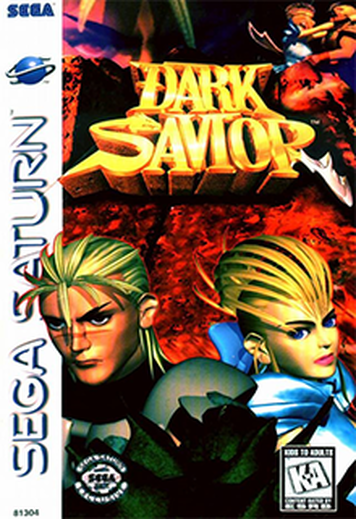
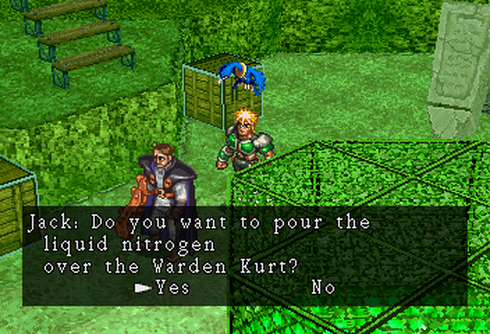
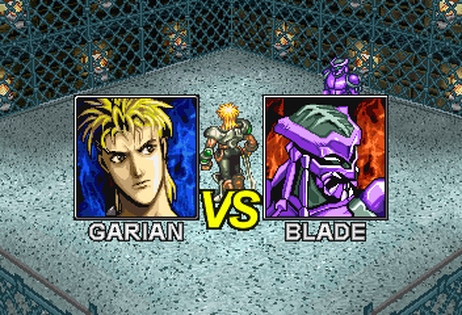
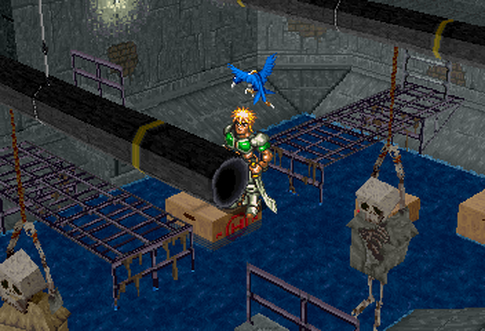

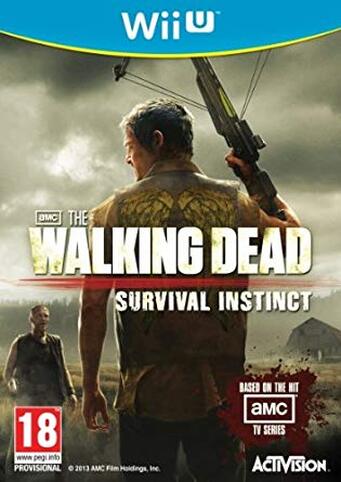
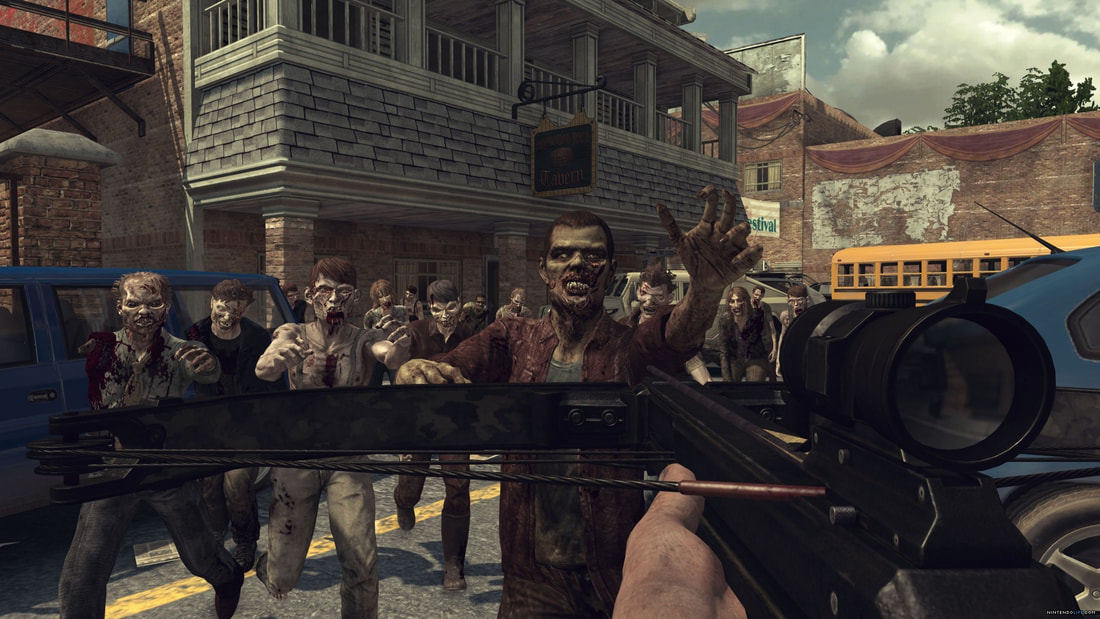

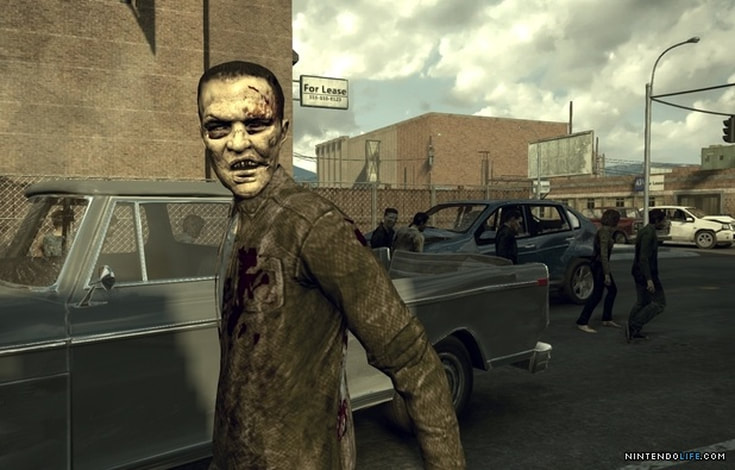
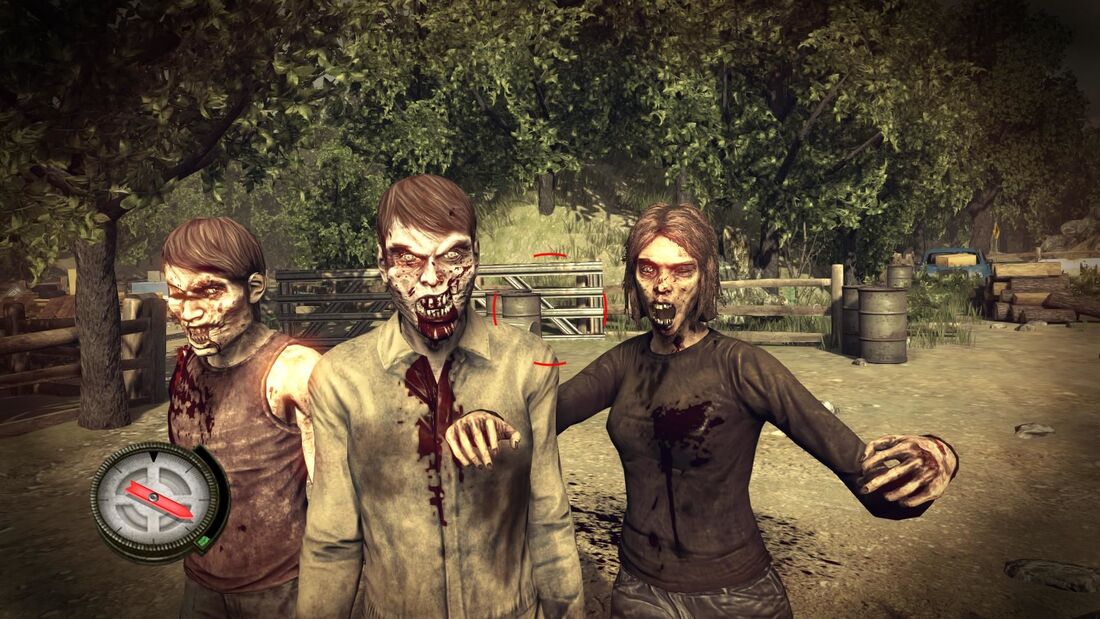
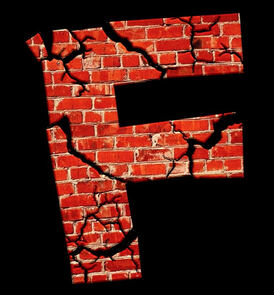
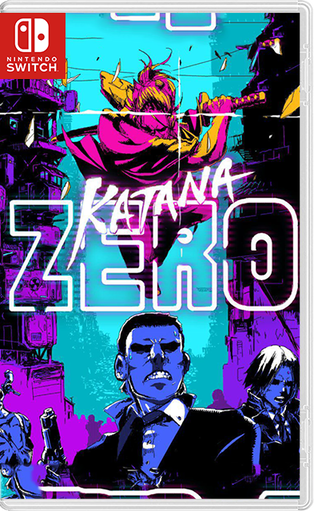
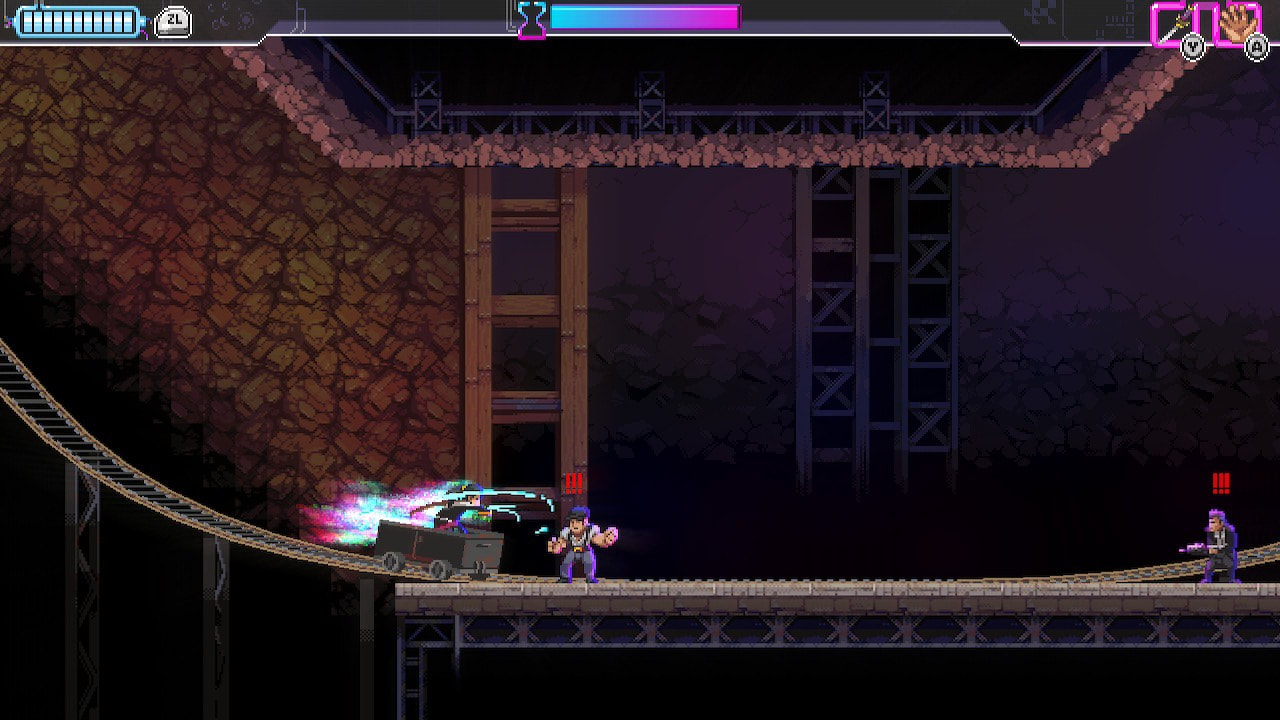
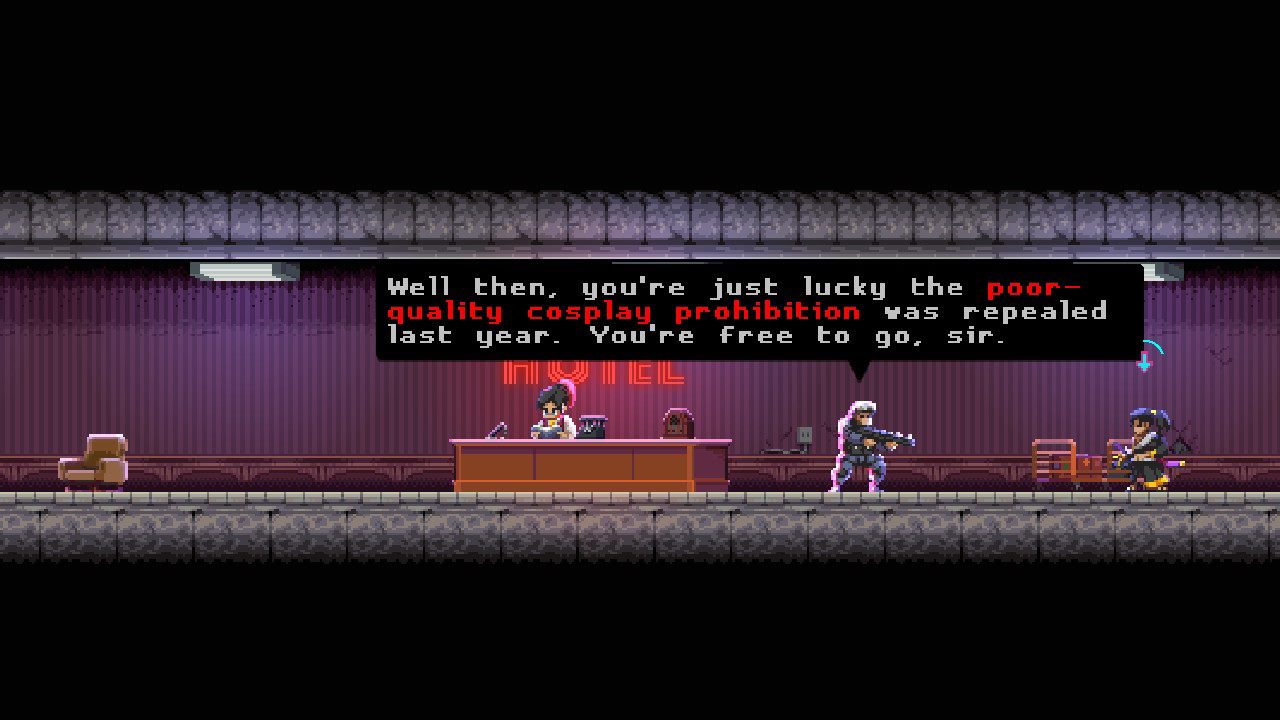
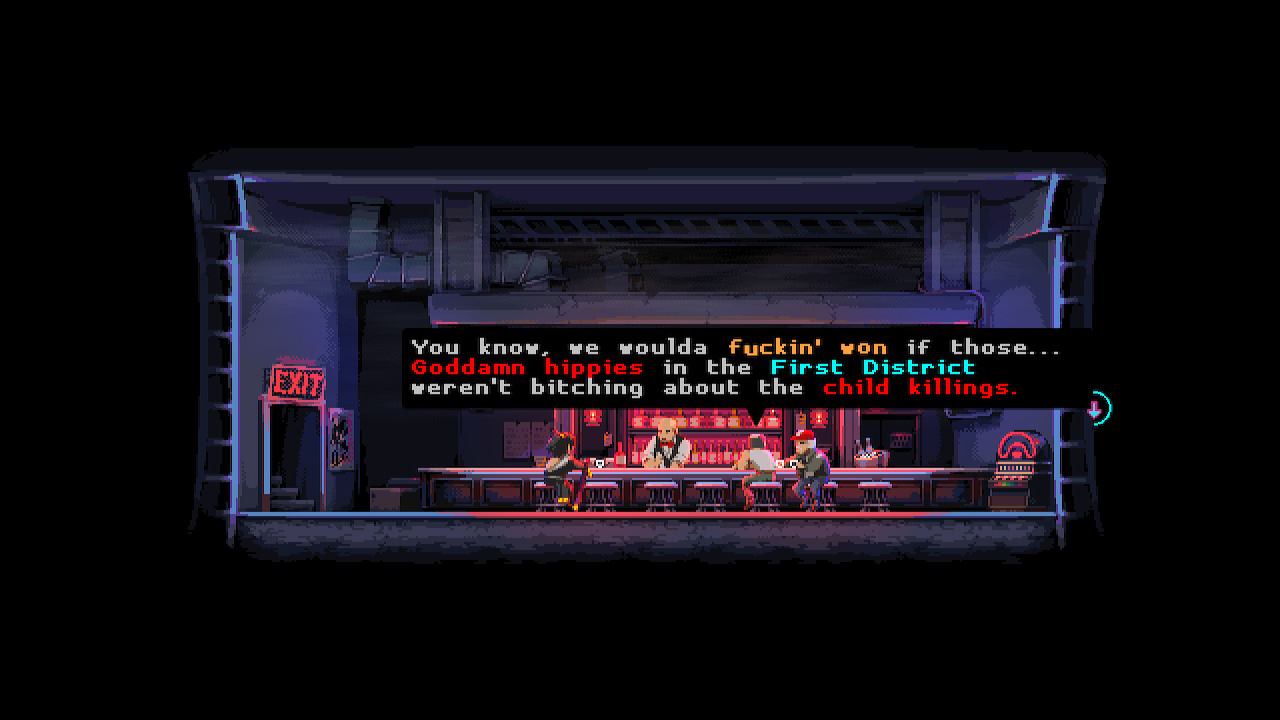
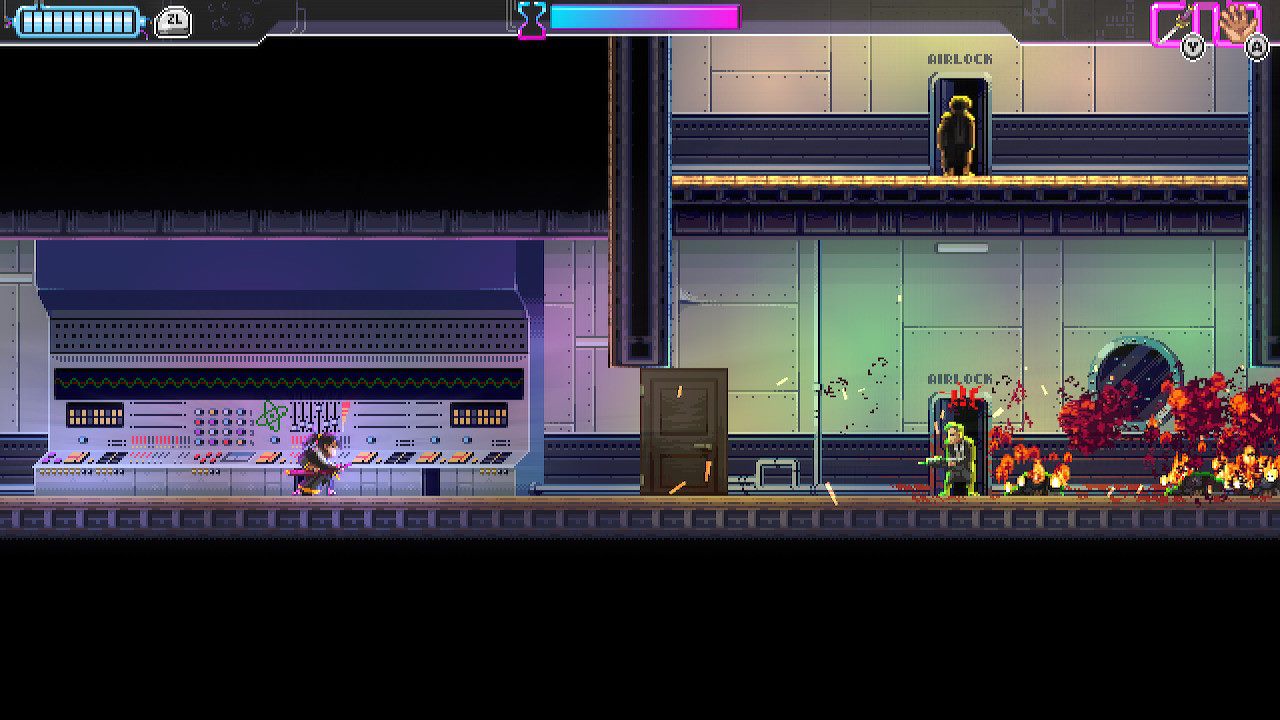

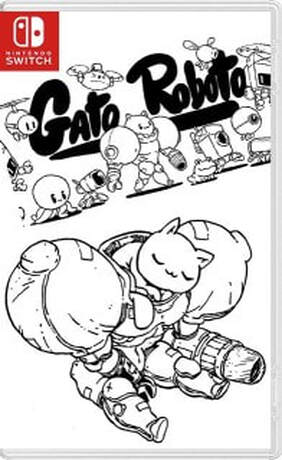
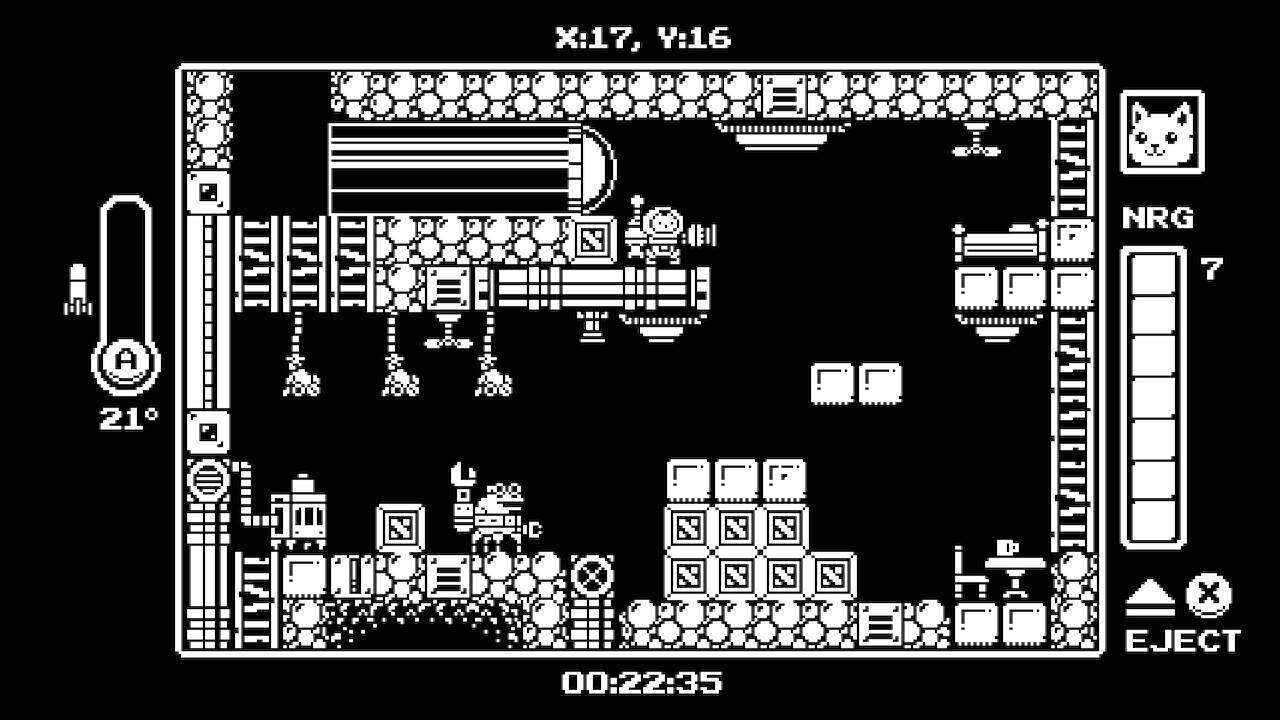
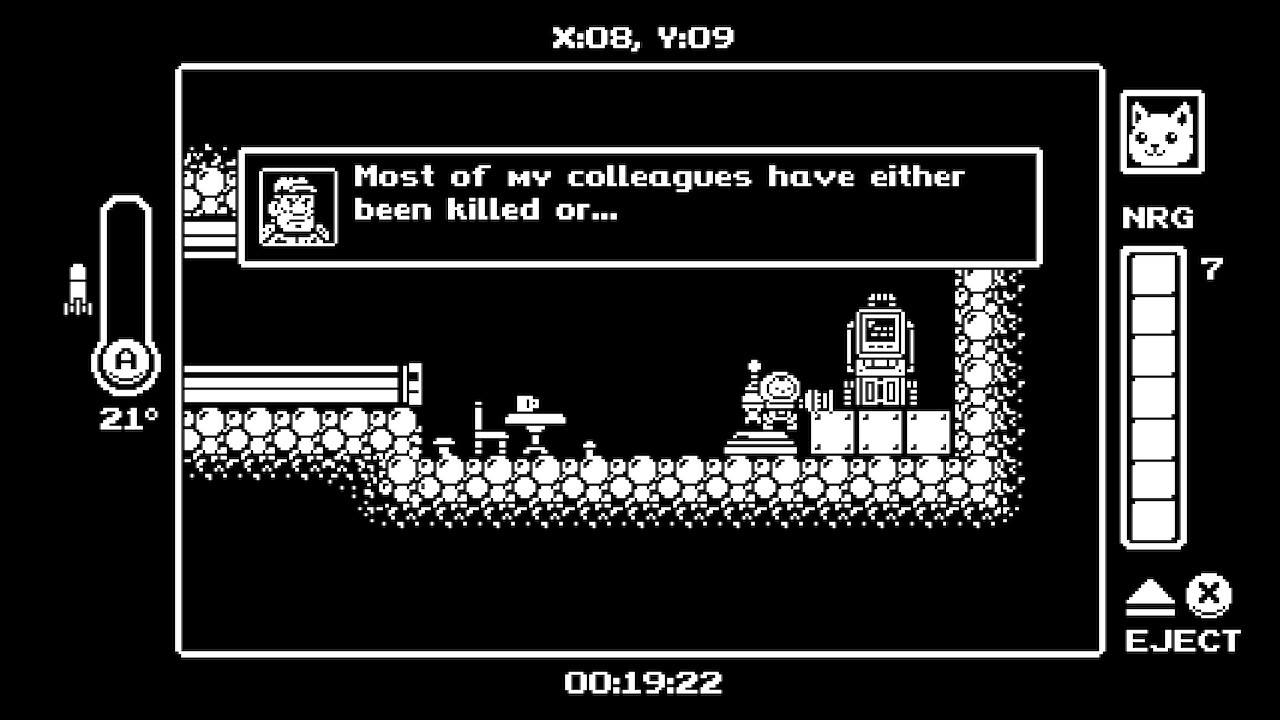
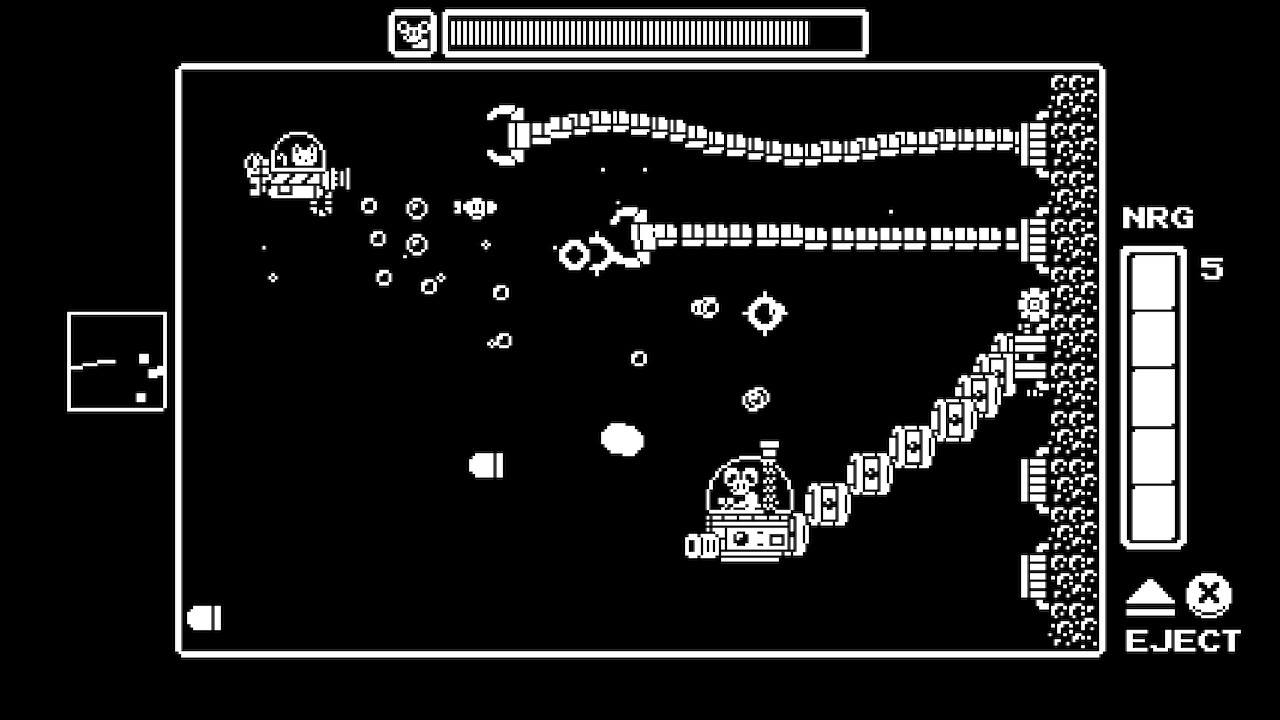
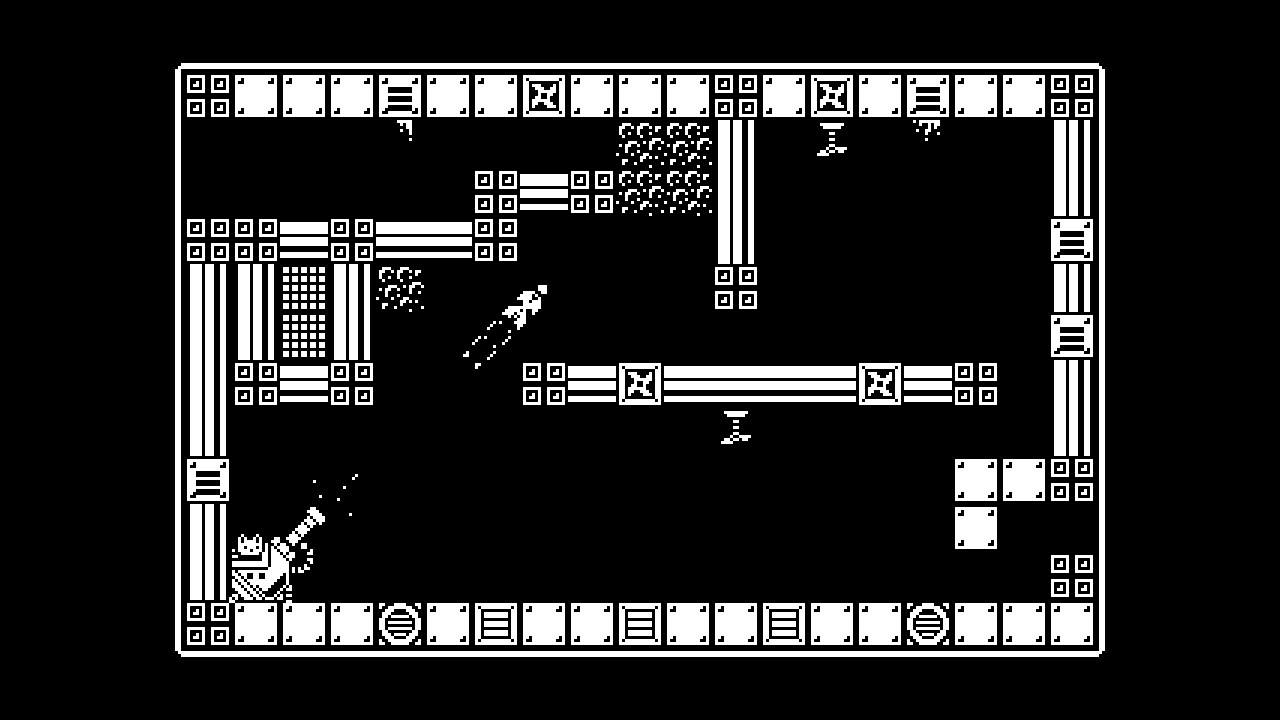


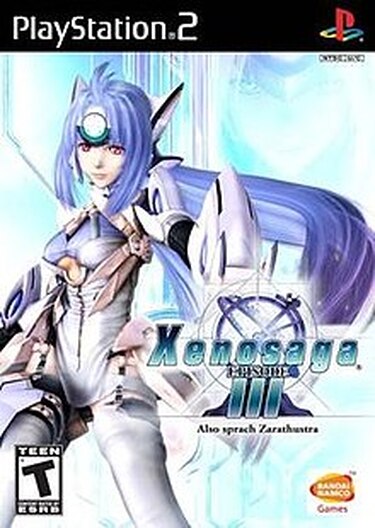
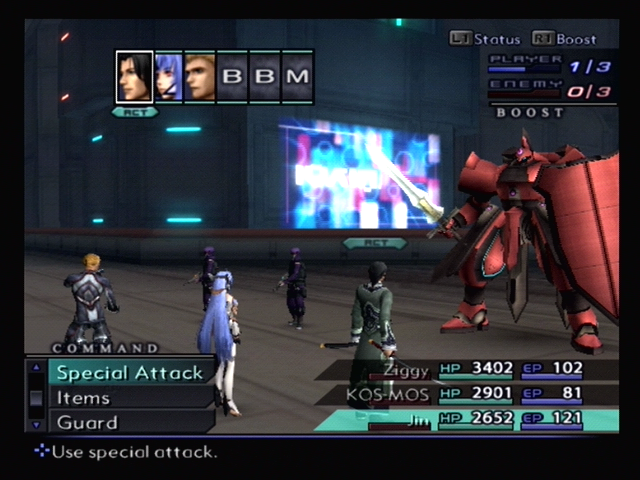
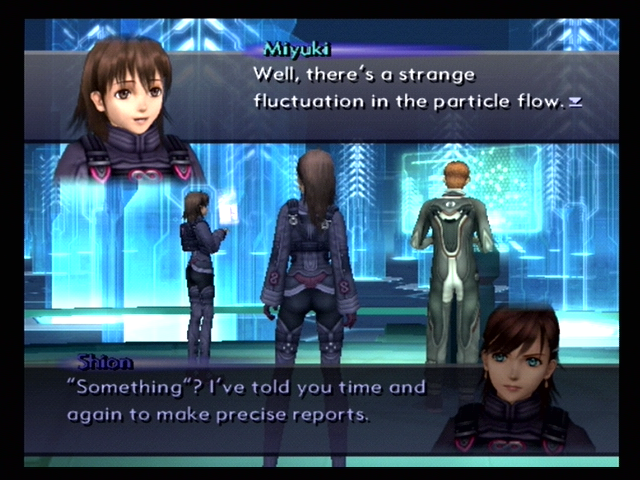
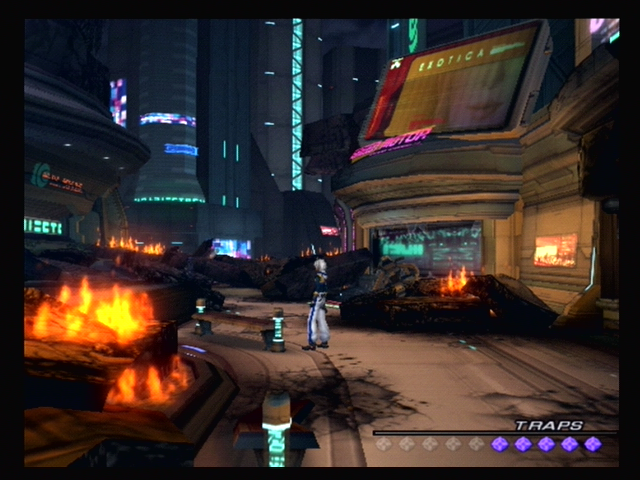


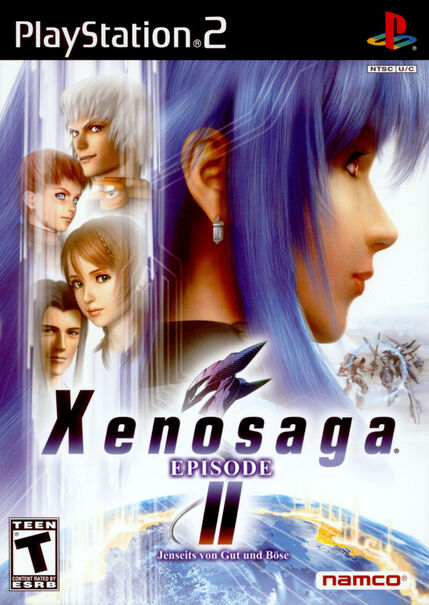

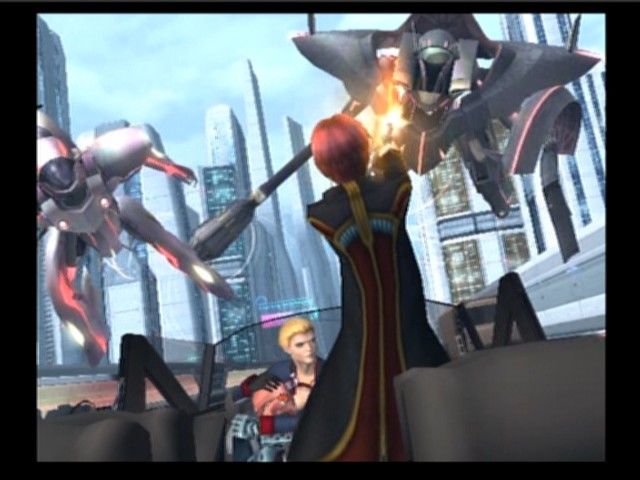



 RSS Feed
RSS Feed
